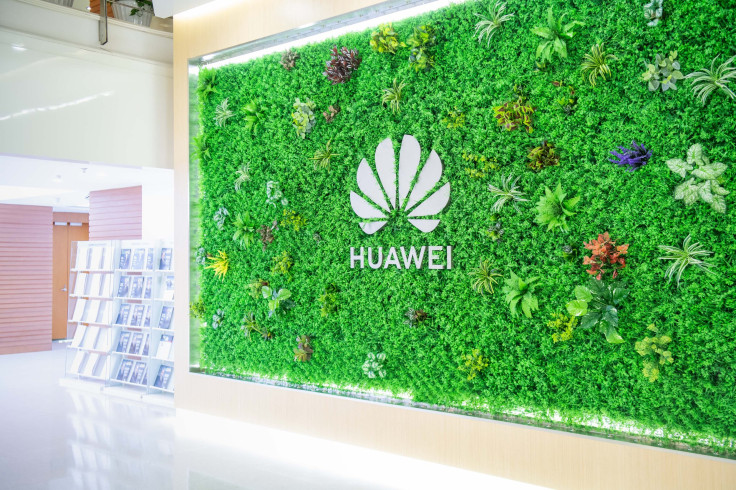Trump Declares National Emergency: What Does This Mean?

Amid stalled and increasingly acrimonious trade talks with China, president Donald Trump on Wednesday declared a national emergency to “deal with the threat posed by the unrestricted acquisition or use in the United States of information and communications technology ... supplied by persons owned by, controlled by, or subject to the jurisdiction or direction of foreign adversaries.”
Trump's executive order declaring the national emergency authorized Secretary Wilbur Ross of the U.S. Department of Commerce, in consultation with other top officials, to block transactions involving information or communications technology that “poses an unacceptable risk to the national security of the United States."
The order directs the commerce department and other government agencies to draw-up a plan for enforcement within 150 days. The executive order has been under review for more than a year, said White House sources.
Some observers say the move is a pretext for Trump to later ban Chinese tech firms such as Huawei Technologies Co. Ltd. and ZTE Corporation from doing business in the United States. The order doesn’t mention China by name and observers say it didn’t need to since there is no doubt which country the order targets.
The commerce department later announced the addition of Huawei and its affiliates to the Bureau of Industry and Security (BIS) Entity List. This blacklist makes it more difficult for Huawei to conduct business with U.S. companies.
The addition of Huawei to the blacklist means U.S. companies can no longer sell or transfer technology to Huawei without a license issued by the BIS.
Trump’s executive order invokes the International Emergency Economic Powers Act (IEEPA), which gives the president the authority to regulate commerce in response to a national emergency that threatens the U.S.
Enacted in 1977, IEEPA is a federal law authorizing the president to regulate commerce after declaring a national emergency in response to any unusual and extraordinary threat to the United States which has a foreign source. It further authorizes the president, after such a declaration, to block transactions and freeze assets to deal with the threat.
Allegations about Huawei's equipment being used in spying were made as far back as 2005. In February 2018, the heads of six U.S. intelligence agencies testified before the Senate Select Committee on Intelligence against the use of Chinese telecom products such as those of Huawei and ZTE by U.S. citizens. Huawei denies all these allegations.
Based in Shenzhen, Huawei is the world's largest telecommunications-equipment manufacturer and the world's second-largest manufacturer of smartphones after Samsung Electronics. The company's founder, Ren Zhengfei, served as an engineer in the People's Liberation Army Ground Force in the early 1980s.
Trump’s order is aimed at protecting the supply chain from “foreign adversaries to the nation’s information and communications technology and services supply chain,” said Ross.
Ross also said the decision against Huawei will “prevent American technology from being used by foreign owned entities in ways that potentially undermine U.S. national security or foreign policy interests."
The Trump administration has asked allies around the world not to adopt the Huawei’s next generation 5G network technology. It’s warned Huawei’s 5G technologies could be used for spying by the Chinese. Trump’s efforts have had mixed results in Europe, where several countries such as Germany refusing to stop doing business with Huawei.
The declaration of Huawei as a national threat to the U.S. comes only five months after Canada arrested Huawei CFO Meng Wanzhou on the request of the U.S. government. The U.S. alleges Huawei defrauded several banks by concealing payments from Iran in violation of sanctions against that country.
Huawei has not commented on Trump’s executive order.

© Copyright IBTimes 2024. All rights reserved.





















